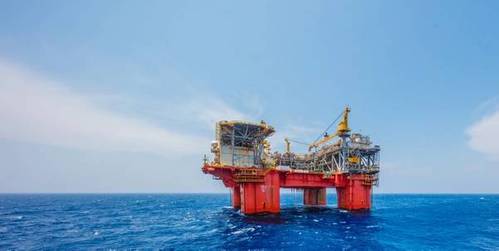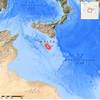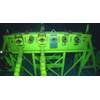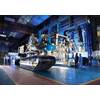Silixa Claims 'World's first' as it Installs Distributed Acoustic Sensing (DAS) System at BP's Gulf of Mexico Field
Optical fiber sensors provider Silixa on Wednesday announced the successful installation, validation, and borehole seismic acquisition from a permanently installed fiber-optic Distributed Acoustic Sensing (DAS) system, Carina Subsea 4D, on BP’s Atlantis Phase 3 subsea field development.
The Atlantis Phase 3 development involves a new subsea production system with eight new wells tied into the current Atlantis platform, 150 miles south of New Orleans.
"The engineered fibre optic system enables high-definition seismic data acquisition along the entire subsea wellbore. This allows seismic acquisitions at a lower cost, enabling better reservoir management," Silixa said.
The Carina Subsea system has been installed in two wells, and installation is continuing over the rest of the field.
" A zero offset DAS VSP was acquired to validate coupling and signal to noise characteristics and showed excellent data quality. Subsequent production noise recordings showed little impact even though there was significant production occurring." the company said.
World's first
According to Silixa, the system is the world’s first permanent in well seismic acquisition system for subsea wells.
"It can operate independently or provide complementary data to ocean bottom node surveys. It is especially effective for reservoirs that are traditionally difficult to image using surface seismic such as pre-salt reservoirs or those beneath gas clouds," Silixa said.
"The Silixa system delivers 100x improvement in signal-to-noise ratio compared to DAS systems utilizing standard fibers. It features Constellation fiber engineered with brighter backscatter centers along its length to capture and reflect 100x more light back to the interrogator without introducing significant loss to the forward propagating laser pulses. This makes this new technology ideal for subsea tie-back applications where high optical losses from subsea connectors have previously prevented DAS deployment. A further advantage is that it does not require complex electronics to be placed on the seafloor," Silixa added.
"Until now, subsea fields had to rely on sparse data acquisition due to the risk and cost of acquisition,” Garth Naldrett, Silixa’s Chief Product officer, said. “Bringing our engineered distributed fiber optic sensing technology to subsea wells and allowing the same data acquisition we have already enabled on land and platform wells will have a tremendous impact on the industry.”
"The first subsea DAS VSP field recording has confirmed and shown excellent data quality with high fidelity measurements and signal-to-noise-ratio in the expected downhole array aperture for borehole seismic imaging in actively producing wellbores”, Sebastien Soulas, Senior Borehole Seismic Advisor at LYTT, said.



















 December 2025
December 2025



